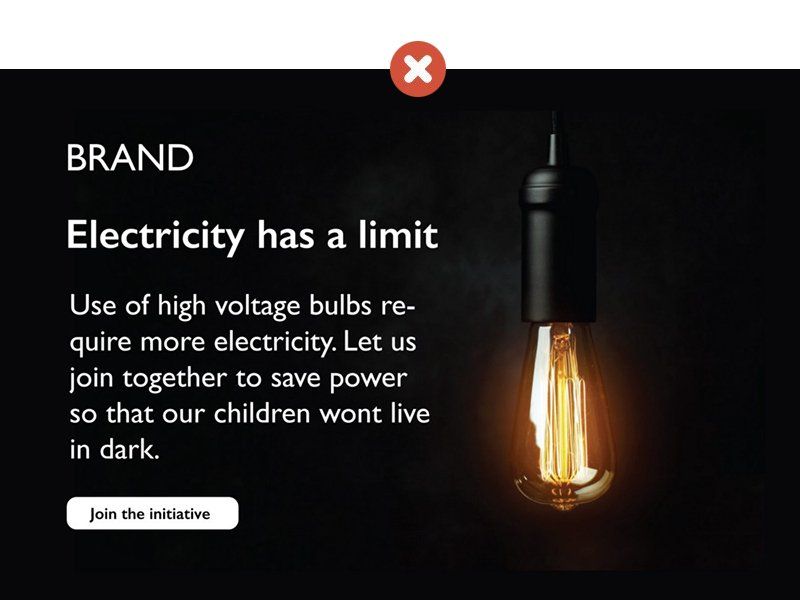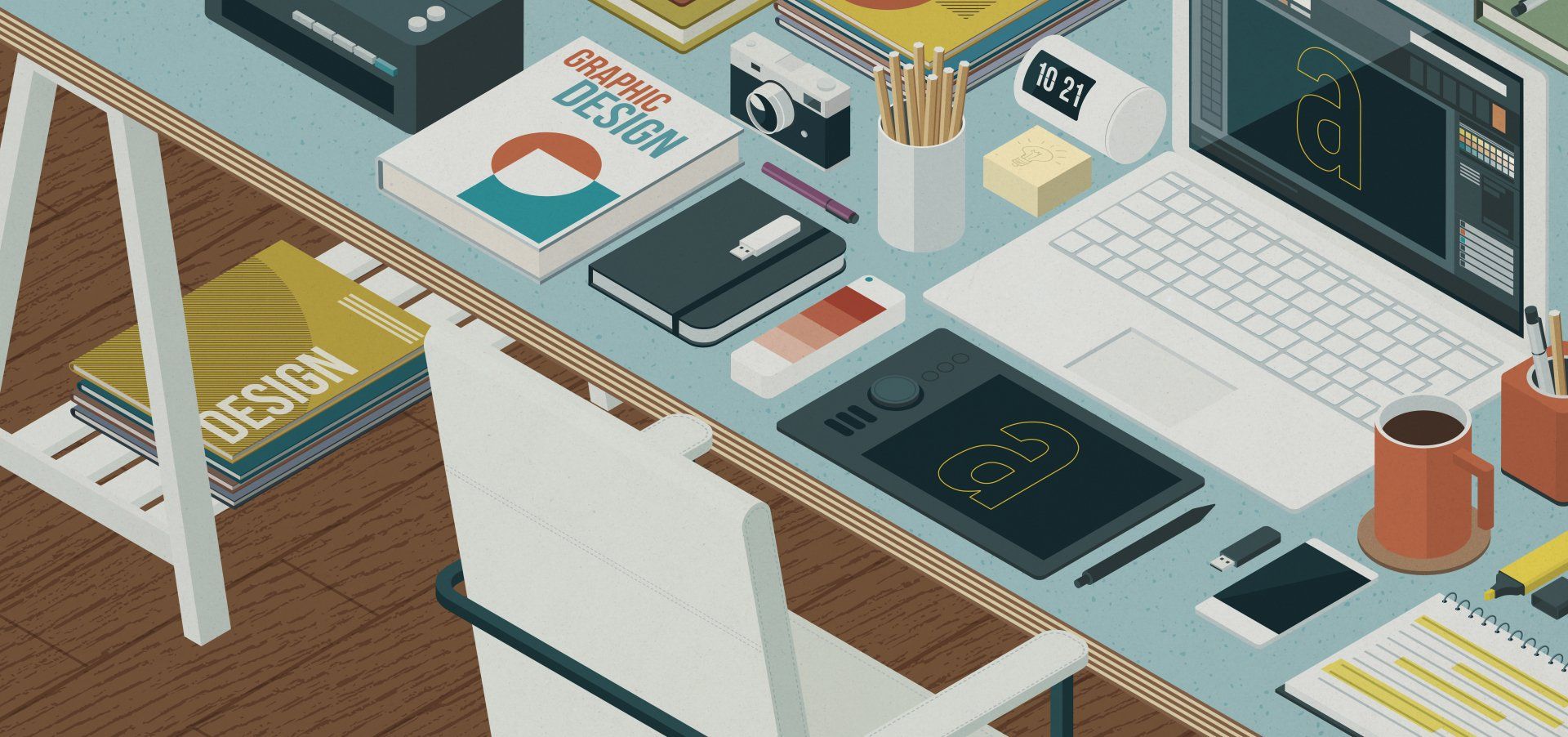The 5-step Graphic Design Process
There are some important steps to get a design to move from idea, to finished product.

There’s a lot that goes into the design process to make it smooth and effective. Whether you’re creating a campaign or marketing piece for the first time, or looking to refine an existing one, here are 5 graphic design process steps to consider:
1. The Creative Brief - an important first step.
The creative brief sets the tone for the entire project. It's the first and arguably one of the most important steps in the visual design process.
A creative brief is a document that helps the designer and his/her team understand the scope of the project and what’s needed from the client. You’ll want to include as much relevant information as possible to reduce any confusion.
Be sure you include the following in your brief:
- Company details including your values and vision;
- Brand guidelines;
- Target audience;
- What the final product should be (I.e. brochure, print advertisement, social media graphics, etc);
- Timeline expectations;
- Budget;
- What you intend viewers to do when they see the final product;
- Examples of similar work you like (and don’t).
I highly recommend going over creative briefs in person or over video chat if the project is more complex. This allows both parties to iron out any uncertainties to ensure everyone is on the same page.
2. Conduct Research.
Depending on the scope of the project, you’ll want to include as much valuable information in your creative brief to minimize the time spent in this step. However, it’s still extremely valuable for the design team to go through the researching phase themselves to build a better understanding of the audience they’re designing for and how to bring your voice to your targeted audience.
The research phase of the graphic design process often involves things like:
- Looking at competitor designs;
- Looking at what the intended audience is engaging with;
- Taking all of the knowledge they’ve learned and applying it to the project at hand.
3. Brainstorm, Brainstorm & more Brainstorm.
Before a designer goes full speed into a project, have them brainstorm some ideas and present them to you. This will minimize any frustration throughout the creative process. If the client has strong ideas on how the final designs should look, it’s best for them to add in any relevant links or inspiration into the brief for optimal clarity.
Once the designer presents 3-5 ideas from their brainstorming session, decide on which one you want to move forward with. This will make for a smooth workflow process that gets you the best results.
4. Review at the 10/50/90 Stages.
When determining your milestones in your creative brief, be sure to check in with designers throughout the design process. The 20/50/90 feedback process ensures that you’re checking in at the most crucial parts of a project, allowing you to give the right feedback at the right time:
- 20% done — A skeleton, outline or wireframe of the final design. At this stage, you can give feedback on the vision and direction that the work is headed in.
- 50% done — The core components are coming together. The direction is no longer at debate so leave that feedback at the door. Instead, focus on whether or not the vision you determined is being visualized in the design.
- 90% done — The nitty-gritty design tweaks. Now you can finally start tweaking things like spacing, colors, you name it.
Often, people will break these review rules and start giving feedback on things like color choice or fonts at a stage where the designer has only outlined a skeleton. This is not only frustrating for the designer, it can be very unproductive. Follow the above design review stages to keep your projects moving along smoothly.
5. The Final Product.
Whoo Hoo! The design is complete. It’s time to get the final files and put the designs into action. Over time, you’ll be able to scale your design process effectively.



